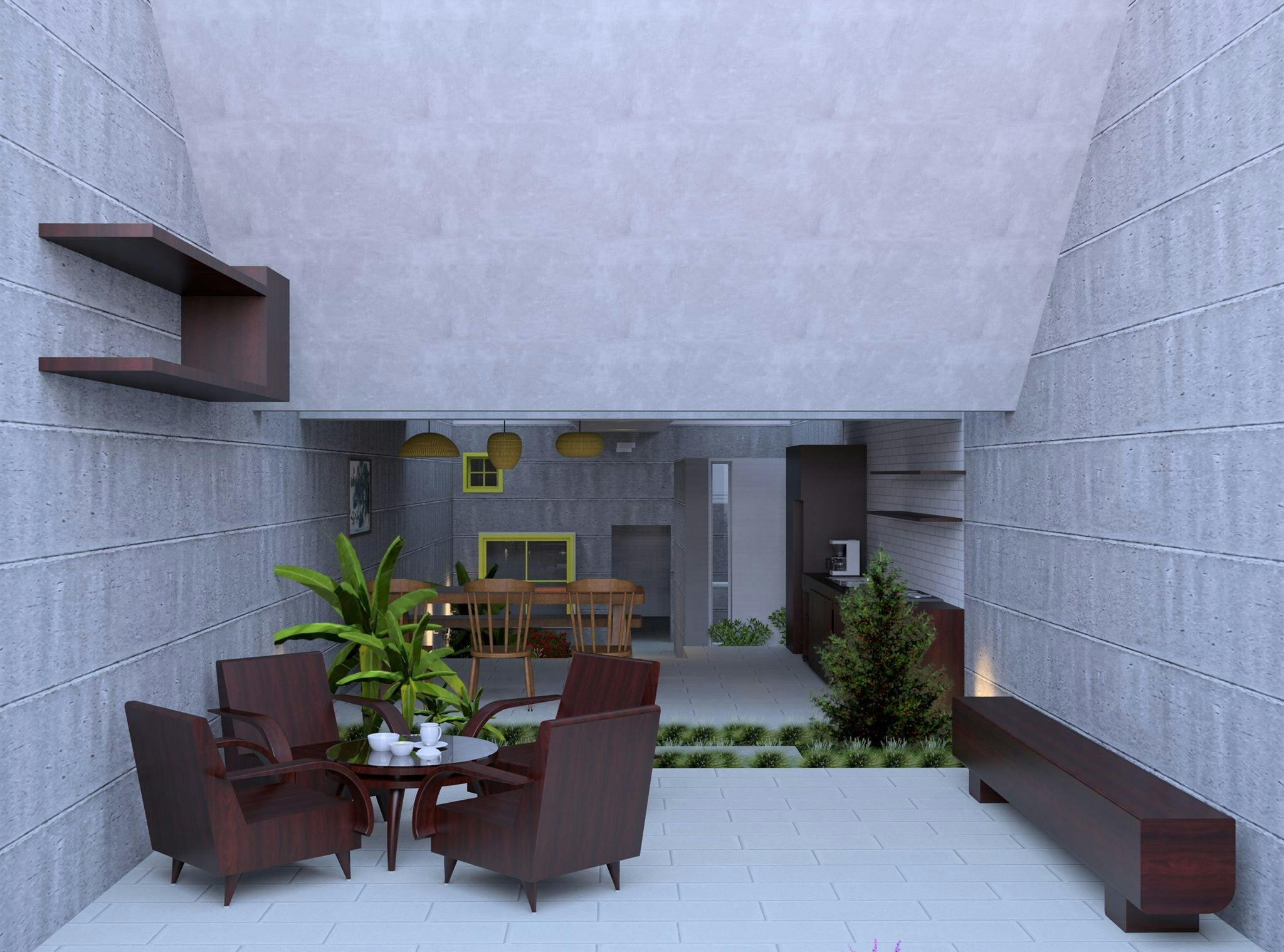A well-organized living space isn’t just about aesthetics—it’s a crucial component of a healthy and productive lifestyle.
Clutter and disarray can significantly impact your mental health, contributing to stress and reducing your ability to focus.
Conversely, a tidy environment promotes a sense of calm and control, enhancing both your well-being and your productivity.
This article aims to guide you through simple, effective strategies for maintaining a clean and orderly home.
By implementing these tips, you’ll transform your living space into a serene haven that supports your daily activities and improves your overall quality of life.
Let’s embark on this journey to a cleaner, more organized home.
Start with Decluttering
The first and most crucial step in organizing your living space is to declutter.
Clutter not only makes a space look untidy but also creates obstacles to maintaining cleanliness and order.
Before you can effectively organize, you need to remove the unnecessary items that are taking up valuable space.
For some people, the idea of decluttering can be daunting. It may help to set small, manageable goals, such as decluttering one drawer or one corner of a room at a time.
This approach prevents you from feeling overwhelmed and allows you to see progress more quickly.
Incorporating the concept of decluttering into your routine is essential, not just for physical space but also for mental clarity.
For example, students often find that a tidy study space improves concentration and efficiency.
Similarly, individuals who work from home benefit from a clutter-free office environment.
And just as you might seek out resources like APA papers for sale to manage your academic workload efficiently, decluttering is a tool to manage your living space efficiently.
It’s all about creating a space that supports your needs and well-being.

Create Designated Spaces
Once you’ve decluttered, the next step is to create designated spaces for your belongings.
Start by organizing items according to their function and frequency of use.
For example, store everyday items like keys, wallets, and phones near the entrance of your home so they are easy to grab as you leave.
Designate a drawer or basket for mail and paperwork that needs to be sorted, and regularly go through it to prevent a pile-up.
Creating designated spaces is not just about aesthetics; it’s about efficiency.
When everything has a place, you spend less time searching for items and more time enjoying your space.
Additionally, it’s easier to maintain cleanliness when you know where things belong, reducing the temptation to leave items out or let them accumulate in random spots.
Develop a Cleaning Routine
To keep your living space tidy, it’s essential to establish a regular cleaning routine.
Consistency is key to maintaining a clean and organized home, and having a set schedule helps you stay on track.
Start by breaking down cleaning tasks into daily, weekly, and monthly chores.
Setting aside a specific day each week for these chores ensures that they get done regularly without overwhelming you.
For example, you might designate Saturdays as your cleaning day, tackling all your weekly tasks in one go.
Monthly tasks are those that don’t need to be done as often but are still important for maintaining a clean home.
These might include deep cleaning the refrigerator, washing windows, or decluttering a specific area that tends to collect items over time.
By scheduling these tasks monthly, you ensure they get done without letting them pile up.
A cleaning routine doesn’t have to be rigid. Adjust it to fit your lifestyle and needs, and don’t be afraid to delegate tasks to other members of your household.
Involving everyone in the routine helps share the load and encourages a collective effort to keep the space tidy.
Incorporate Organizational Tools
Organizational tools are a great way to enhance the tidiness of your living space.
From simple drawer dividers to more elaborate shelving systems, these tools can help you make the most of your space and keep everything in place.
Labels are one of the most effective organizational tools. Use them to clearly mark storage bins, shelves, and drawers so you and others in your household know exactly where things belong.
This is especially helpful in shared spaces like the kitchen or bathroom, where multiple people are using the same areas.
For closets, consider using hanging organizers or shoe racks to maximize vertical space.
These tools not only keep items like shoes, bags, and accessories neatly stored but also make them easier to see and access.
In the pantry, use clear containers for dry goods and label them accordingly.
This keeps your pantry looking orderly and allows you to see at a glance when you’re running low on an item.
In your office or study area, desktop organizers can keep papers, pens, and other supplies in order.
Drawer dividers are great for keeping small items like paper clips, sticky notes, and USB drives neatly arranged.
If you have a lot of electronic devices, consider using a charging station to keep cords and devices organized and easy to access.
Investing in the right organizational tools can save you time and reduce stress.
When everything has a designated place and is easy to find, you can focus more on the activities you enjoy rather than constantly searching for misplaced items.
Make Tidying a Habit
One of the best ways to maintain a tidy living space is to make tidying a habit.
This might mean picking up clothes off the floor, putting away dishes, or sorting through the day’s mail every day.
These small tasks add up over time and make a big difference in keeping your space tidy.
Another key to making tidying a habit is to address clutter as soon as you see it.
If you notice something out of place, take a moment to put it back where it belongs.
This simple act prevents items from accumulating in random spots and keeps your home looking neat.
If you live with others, encourage them to adopt these habits as well.
When everyone in the household contributes to tidying up, it becomes a shared responsibility rather than a burden on one person.
Conclusion
Keeping your living space tidy is an ongoing process that requires a combination of decluttering, organization, and consistent effort.
By starting with decluttering, creating designated spaces, developing a cleaning routine, incorporating organizational tools, and making tidying a habit, you can create a home environment that is both functional and enjoyable.
Remember, the goal is not to strive for perfection but to create a space that supports your lifestyle and brings you peace.
A tidy home is more than just a clean space; it’s a reflection of a well-organized mind and a place where you can truly relax and recharge.
So, start small, stay consistent, and enjoy the benefits of a tidy living space.








